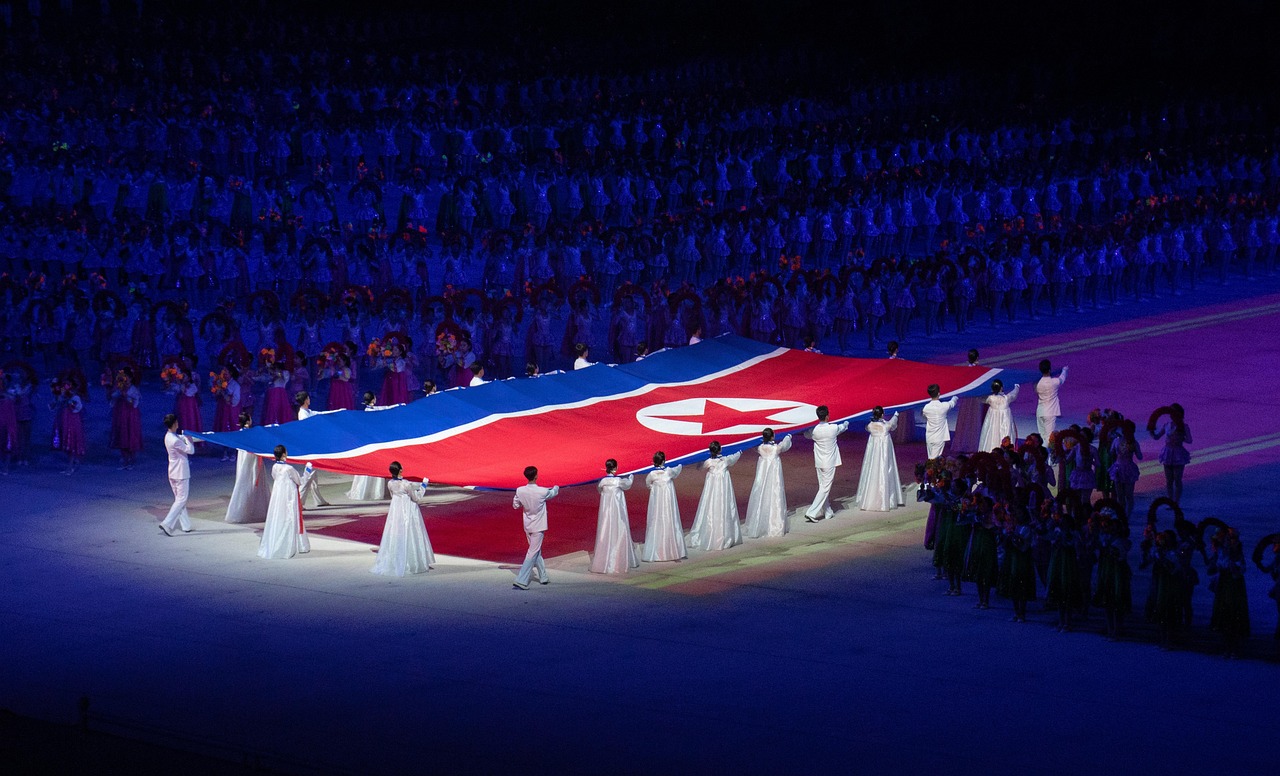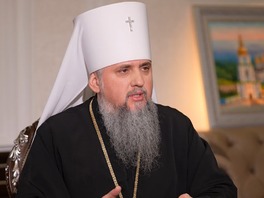According to Reuters and analysts at the Open Source Centre, since the start of Russia's large-scale invasion of Ukraine, North Korea has transferred at least 15,800 containers of ammunition to Russia, amounting to between 4.2 and 5.8 million shells. According to Reuters journalists, this is up to half of the total amount of artillery shells used by Russian troops on the front.
OSC analysts tracked 64 voyages to the North Korean port of Rajin, made from September 2023 to March 2025 by four Russian-flagged container ships – Angara, Maria, Maia-1, and Lady R – to the Russian ports of Vostochny and Dunay. These voyages delivered nearly 16,000 containers, which were then transported by rail to warehouses near the Ukrainian border.
According to Reuters, over the past year, the vast majority of shells used by individual Russian units have come from North Korea. In daily reports from Russian artillery units analyzed by Reuters, up to 100% of the ammunition used on some days was of North Korean origin. In other cases, the figure was as high as 75%.
The Main Intelligence Directorate of the Ministry of Defense confirms the scale of these supplies. According to the GUR of the Ministry of Defense, since 2023, the DPRK has supplied more than 4 million artillery shells for the needs of the army of the occupying country, including 122 mm and 152 mm calibers, which are the basis for arming Russian artillery units.
It is worth noting that at the beginning of the war, the Russian Federation army had about 15 million shells in long-term storage warehouses. In the first months of the war, the occupiers used the tactics of a barrage of fire - up to 70 thousand shells were used per day. Accordingly, according to the Russian side, in the first months of the war, in the first half of the year, about 8-9 million shells were used.
The number of shells that remained in the warehouses of the occupation army is not located in the European part of the Russian Federation, but mainly in the Siberian military districts, thus complicating the logistics of supplying shells directly from the rear areas of the Russian Federation.
Moscow's negotiations with North Korea on the possible supply of artillery shells are clear evidence of the difficult situation of the Russian military-industrial complex.
But it is worth noting that the DPRK's military-industrial complex does not have similar production rates either.
I would like to note that the possibilities of resuming shell production in Russia and the DPRK, compared to the United States of America and Ukraine's European partners, are much worse. Thus, according to experts, the US military-industrial complex could produce up to 24 thousand units by 2023. In 2024, the United States announced that over the next two years, the country's shell production would increase to 90 thousand units per month.
It is also worth noting the storage conditions of shells produced by the DPRK. There are three categories of shells. Accordingly, the first, which gives a 100% result, is actually exhausted. Currently, the occupiers are using the second and third categories of shells produced by North Korea. Accordingly, these are still stocks from the last century.
According to the Ministry of Defense's GUR, their quality is so low that 50% do not work at all, and the second requires inspection and repair.
"And we should note that the racists really complain about the systematic mass shortage of ammunition from the DPRK. The reason for this is that the ammunition is quite old and was produced in the 70s-80s, which means that the low quality is also accompanied by storage periods," the representative of Ukrainian intelligence noted.
According to Defense Express, it is quite possible that the DPRK will no longer be able to send such a huge amount of ammunition in a short time. The fact is that already in the 90s the DPRK was left without support from the USSR with a parallel reduction in aid from China. And the country simply began to lack money even for food, and in the mid-90s the country was hit by a famine, which from 1995 to 1999, according to the most pessimistic estimates, took the lives of 3 million people.
And it is quite possible that the situation with shells from the DPRK will repeat the fate of shells from Belarus, which was left without their stocks.
However, in addition to artillery shells, North Korea has transferred missile systems and long-range artillery installations to Russia. According to the Ukrainian side, North Korean units have also been sent to the Kursk region. The head of the GUR of the Ministry of Defense of the Russian Federation, Kirill Budanov, stated at the end of February that North Korea has also delivered 120 long-range self-propelled artillery installations and 120 multiple launch rocket systems to Russia since the end of 2024, some of which were recorded in the Kursk region.
In late 2023, Russia began striking Ukraine with North Korean ballistic missiles. According to the GUR of the Ministry of Defense, by early 2025, Pyongyang had supplied Russia with 148 KN-23 and KN-24 ballistic missiles.
I would like to note that North Korea receives about 1 million barrels of oil from Russia for the supply of shells, exceeding the sanction limit by 500 thousand barrels per year. Thus, the DPRK solves the problem of disposing of old ammunition and replenishes fuel reserves by manipulating Russia, which is a typical tactic of Putin when strategic partners bypass him.
However, this cooperation poses a threat not only to Ukraine, but also to stability in East Asia, where Pyongyang's influence is already causing concern among its neighbors.
North Korea may increase its arms supplies to Russia. Let me remind you that the Russian ambassador to Pyongyang recently announced the construction of a new automobile bridge across the Tumangan River next to the old Friendship Bridge.






